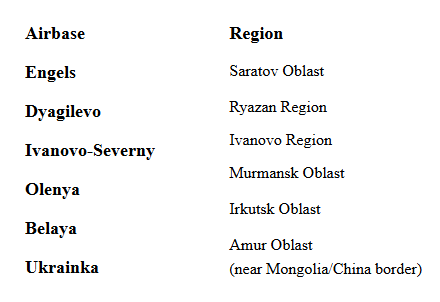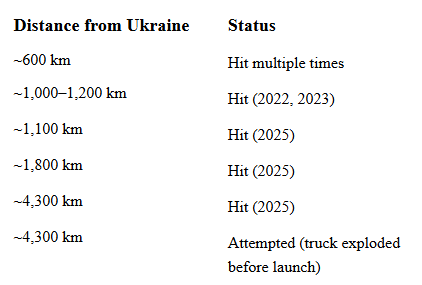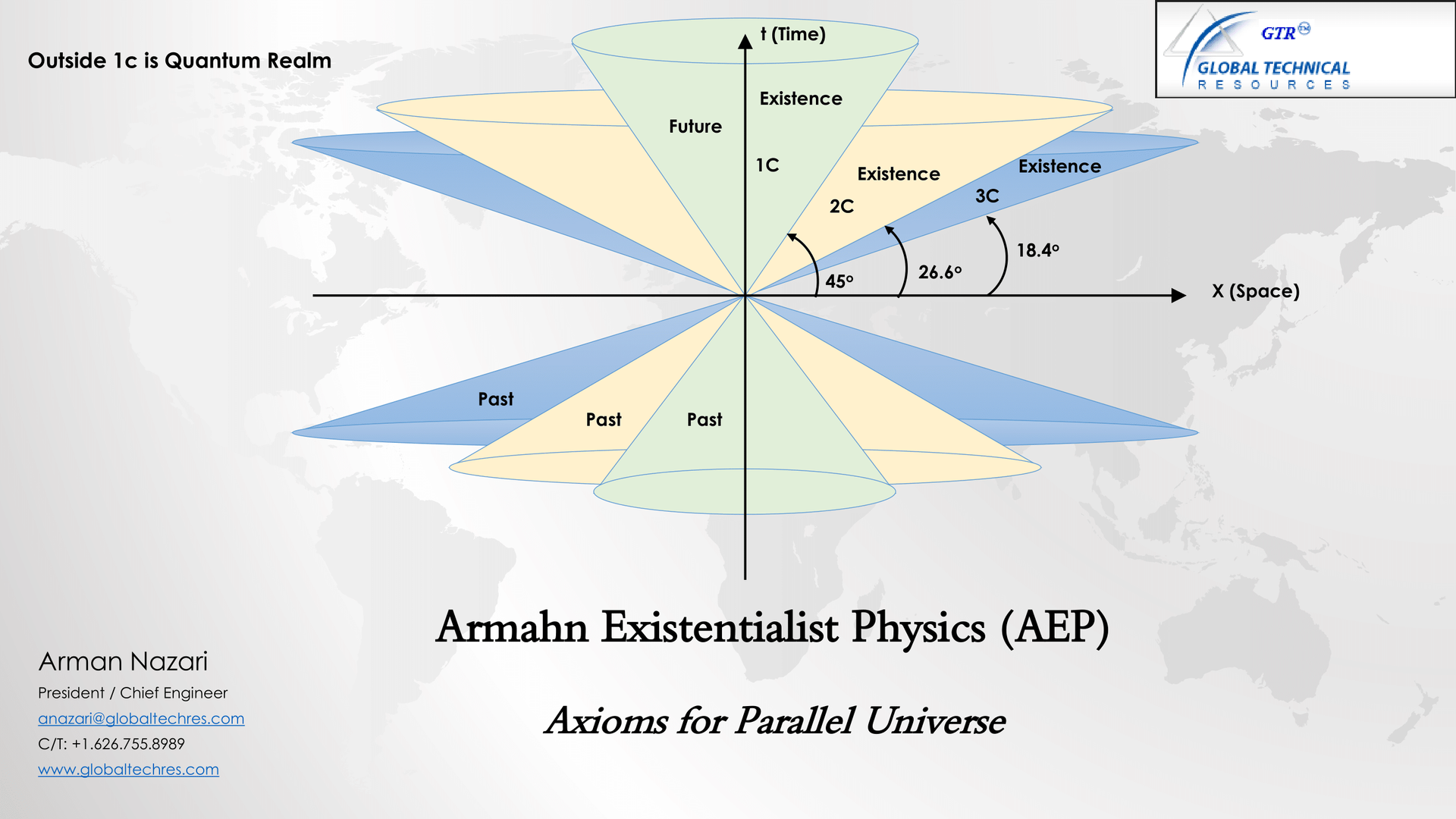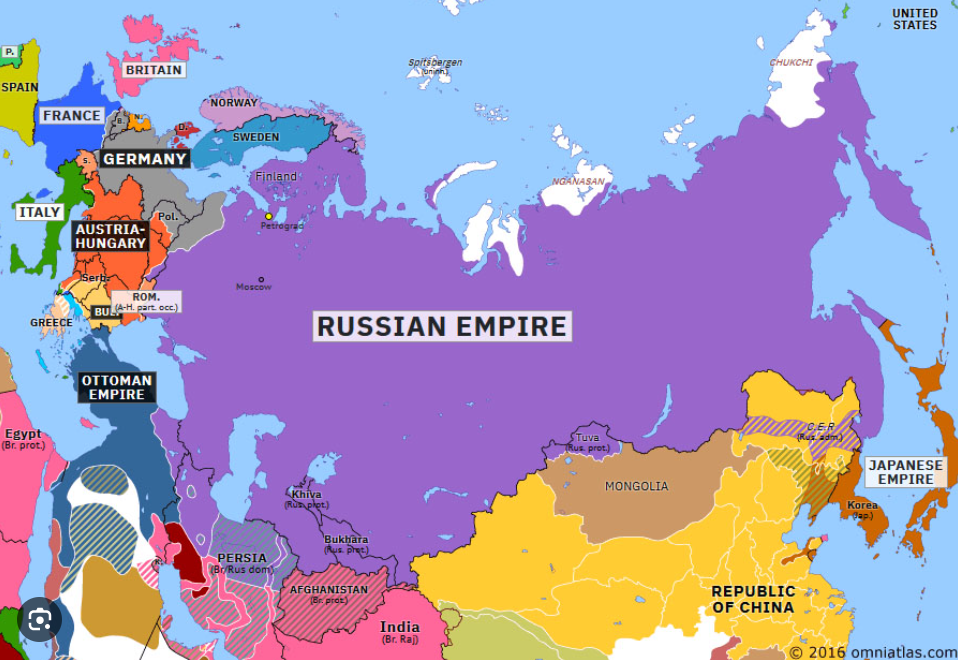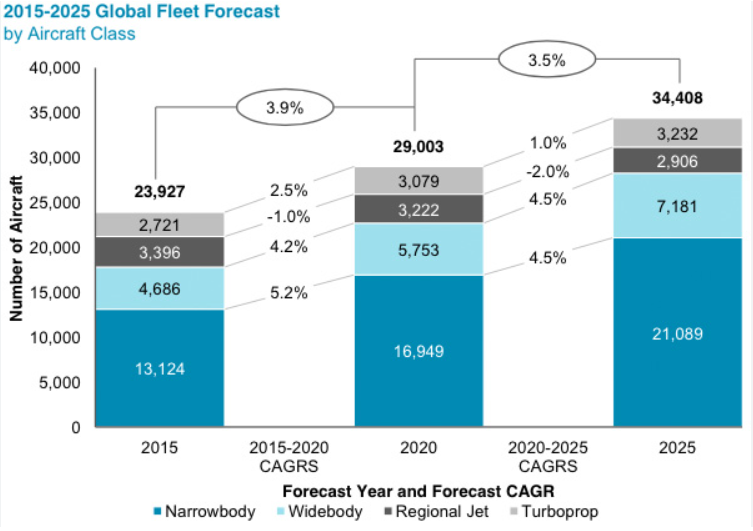ARTICLES
Follow Us
Be the first to know
Strategic Shockwaves: Ukraine’s Long-Range Strikes and the Coming Realignment
By:
Arman M Nazari
President,
Global Technical Resources | Aerospace & Defense SME
Introduction
The war in Ukraine has entered a new and transformative phase—one marked not just by attrition on the frontlines, but by high-impact asymmetric strikes deep inside Russian territory. Ukraine’s expanding long-range drone operations, culminating in Operation Spider’s Web, have targeted strategic bomber bases as far as 4,300 kilometers away—including Belaya and Ukrainka, both near the Mongolian border. These strikes signal the emergence of a new paradigm in warfare: one where drones, not missiles, are redrawing the lines of deterrence and global influence.
But beyond their military success, these operations are catalyzing a geopolitical domino effect. Russia’s air-based nuclear deterrent, China’s overland trade corridors, and the broader Eurasian security framework are now entangled in a web of new vulnerabilities. As Beijing watches these developments closely, the strategic assumptions underpinning its One Belt One Road (OBOR) initiative and energy security model are being fundamentally challenged.
I. The Deep Reach: Ukraine’s Strategic Drone Campaign
In June 2025, Ukraine launched Operation Spider’s Web, a multi-front, long-range drone attack that struck at the heart of Russia’s strategic bomber infrastructure. This was not a one-off incident but a culmination of several prior deep strikes—such as the December 2022 and early 2023 hits on Engels and Dyagilevo airbases. Now, the campaign has evolved to encompass targets deep into Siberia and even the Russian Far East.
List of Major Ukrainian Drone Strikes on Russian Airbases:
The Belaya and Ukrainka strikes mark a staggering evolution: Ukraine now possesses the ability to threaten any fixed Russian strategic aviation asset, regardless of location. These bases house Tu-95, Tu-160, and Tu-22M3 bombers—key platforms in Russia’s nuclear and conventional long-range strike doctrine.
II. Strategic Implications for Russia
Today, you’re more likely to see a Russian tank outfitted with a steel cage than a reactive armor panel. These makeshift drone defenses — reminiscent of medieval siege warfare — reveal the scale of the threat posed by loitering munitions and cheap commercial UAVs. Tanks, once the apex predators of ground combat, are now being hunted from above.
But what if we took a step back — not just in form, but in doctrine?
III. The China Factor: Vulnerabilities in the OBOR Arc
Beijing, though officially neutral in the Ukraine conflict, is watching closely. China's One Belt One Road initiative relies heavily on the assumed stability of Russia’s interior. Pipelines such
as Power of Siberia and ESPO, and the China–Europe Railway Express, all pass-through regions now shown to be within strike range of advanced, low-cost drone systems.
If Ukraine can reach Irkutsk or Amur, so too could other actors. That realization is forcing China to rethink the security architecture of its Eurasian investments, particularly in critical energy and transport corridors.
In addition:
- Pipeline Sabotage Risk: Low-cost UAVs or truck-mounted drones can target pumping stations or valves.
- Logistics Vulnerability: Rail hubs and OBOR logistics nodes are increasingly exposed.
- Strategic Decoupling Pressure: China’s dependence on a weakened Russia may become a long-term liability..
IV. The Geoeconomic Fallout
Capital markets are not blind to risk. Insurance premiums for Eurasian routes are rising. The strategic preference for overland logistics is diminishing. Meanwhile, maritime alternatives—though still vulnerable to chokepoints like the Malacca Strait—are becoming more attractive for reliability.
Furthermore,
Europe’s decoupling from Russian energy continues, with Chinese buyers left as Russia’s primary clients. That asymmetry increases China’s leverage but also exposes Beijing to concentrated geopolitical risk—particularly if further strikes degrade Russian export capacity.
V. The U.S.-China-Taiwan Strategic Triangle
For the United States and its Indo-Pacific allies, these developments validate a new strategic model: deterrence by disruption. If Ukraine can blind and degrade a nuclear superpower using domestically built drones and Western intelligence fusion, Taiwan could do the same to China’s coastal infrastructure.
This changes Beijing’s Taiwan calculus in multiple ways:
- PLA logistics hubs near Fujian are now analogous to Engels or Dyagilevo.
- Decentralized drone warfare reduces China’s numerical advantage.
- U.S.-led coalition-building gains credibility through the Ukrainian model.
Nations like Japan, South Korea, the Philippines, and Australia are incorporating these lessons into procurement and doctrine, focusing on swarm drones, mobile launchers, and hybrid deterrence.
VI. The Strategic Order Ahead
The Ukrainian drone campaign has done more than disable aircraft. It has rewritten the rules of strategic depth, deterrence, and doctrine. For Russia, it marks the twilight of traditional hard-power assumptions. For China, it raises existential questions about infrastructure security and alliance hedging. For the U.S. and its allies, it offers a model for asymmetric deterrence in the 2020s.
We are entering an era where
non-state actors or mid-size militaries can hold superpowers at strategic risk —not through brute force, but by clever, cost-effective disruption.
Conclusion: The New Battlefield is Infrastructure
Ukraine’s long-range strikes are no longer symbolic—they are strategic instruments reshaping 21st-century power. From Engels to Irkutsk, from Ryazan to Amur, Russia’s once-vaunted airbases are now reminders of vulnerability in the drone age.
And as the drones fly, pipelines tremble, alliances shift, and the map of global influence is redrawn—not with tanks and treaties, but with algorithms, silicon wings, and political will.

